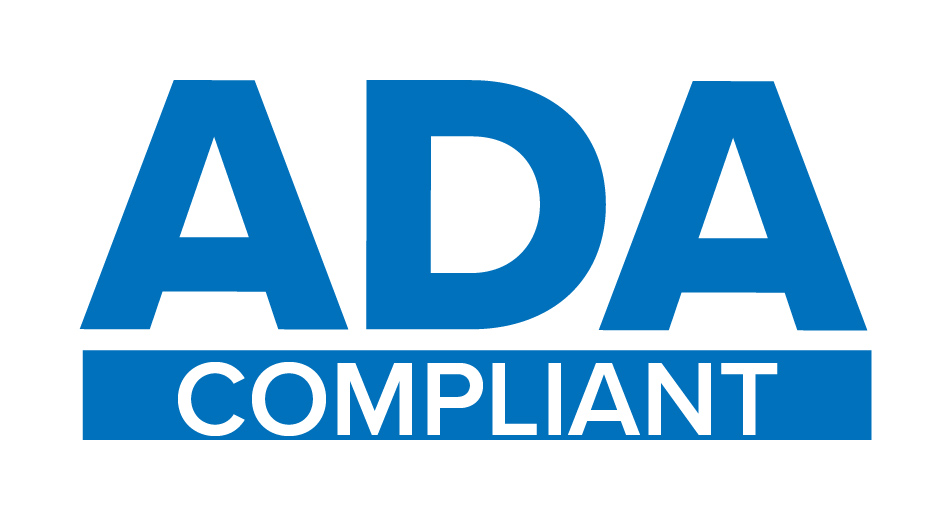When 3I/ATLAS first showed up, astronomers yawned. No tail, no glow, no drama. But as it neared the Sun, ATLAS lit up like a woodburning stove, its tail stretching for millions of miles and its corona puffing sparks. Even stranger, scientists found nickel without iron in its chemistry — like ordering nachos and getting only jalapeños.
Just as ATLAS was enjoying its star turn, six more comets dove into the solar system. Think of them as cosmic gatecrashers: C/2025 A6 (Lemmon) is the latecomer promising a November glow.
C/2025 R2 (SWAN) is the drama queen, bright one night, faint the next.
C/2024 E1 (Wierzchoś) is the wallflower bragging about its Oort Cloud heritage.
The others? Background extras elbowing for a spot in the sky.
What was once a solo act now looks like a chaotic celestial block party.
Speculators whisper that ATLAS’s massive corona could push the Sun into solar flares or storms which could set off earthquakes, volcanoes or crazy weather. Scientists mostly roll their eyes.
Still, if your Wi-Fi drops, you’ll know who to blame.
How this ends is anyone’s guess: dazzling night-sky spectacle or a messy cosmic hangover.
But one thing is certain: when seven comets crash the same party, someone’s bound to knock over the punch bowl.



